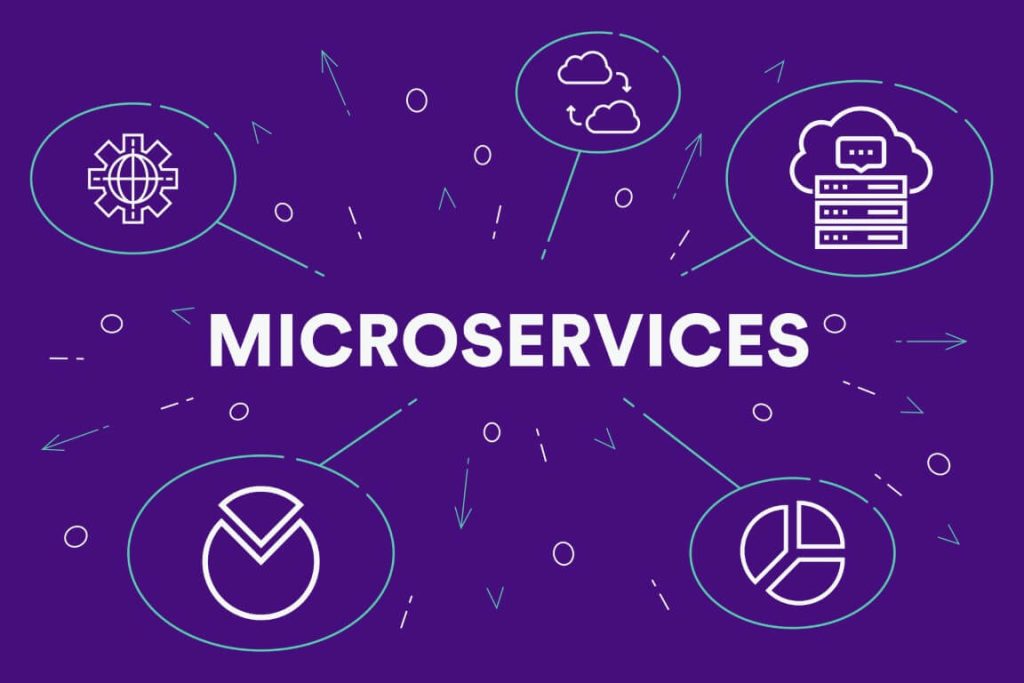Project Management with Jira | How to Do it Right in 2021?

Project Management with Jira | How to Do it Right in 2021? JIRA is remarkably suitable for project management, particularly among software development teams. JIRA is mainly intended for software development, but many project teams have used it as a project management solution due to its Kanban workflow management strategy. There’s a reason behind this. […]
Tips to Manage Remote Teams in Software Development

Tips to Manage Remote Teams in Software Development How do you manage remote teams? Long-distance relationships are complex because we want the distance not to affect our connection. And this is true for both professional and personal relationships. Nowadays, face-to-face working is becoming less popular as technology advances and information and resources become available to […]
Top Five Software Development Best Practices You Should Know

Top Five Software Development Best Practices You Should Know Is there such a thing as a “perfect software development project,” and if so, what measures should you take to get there? Well, there are stringent standards and various best practices for software development, including scrum, extreme programming, spiral development, etc. Still, we have learned that […]
The Must-Know 7 UX Design Principles for Product Engineering

The Must-Know 7 UX Design Principles for Product Engineering We’ll go through the seven essential UX design principles and explain to you how to put them into practice here. As you begin to delve into the realm of app and web designs, you’ll soon come across the idea of User Experience (UX). UX design may […]
Things You Should Know Before Starting Software Outsourcing

Things You Should Know Before Starting Software Outsourcing Why is software outsourcing essential today? Well, in-house software development is excellent since it helps businesses to create and deliver the precise solution they need. But as history has shown, software development takes time, skill, and a sizable budget. In most cases, one of these aspects creates […]
6 Tips on How to Build Your Best Offshore Development Team

6 Tips on How to Build Your Best Offshore Development Team We’ll look at what offshoring is, the benefits, and the things to consider when employing an offshore team in this post. Working with offshore teams has become commonplace in the technology industry. Consider the following scenario: you have a massive app development project that […]
Microservices vs. Monolithic Architecture | What to Choose?

Microservices vs. Monolithic Architecture | What to Choose? Are you choosing between microservices vs. monolithic architecture? Well, microservices will increase at a 22.5 percent annual rate worldwide between 2019 and 2025. Thus, the decision between monolithic vs. microservices architectures needs careful consideration. Here are a few crucial aspects to consider if you’re wondering what microservices […]
Why Is User Experience (UX) Important in Mobile Apps?

Why Is User Experience (UX) Important in Mobile Apps? To understand why is UX important, let’s look into stats. Between 2016 and 2021, the number of smartphone users almost doubled, according to Statista. And mobile apps are the primary reason why consumers choose smartphones over desktops. Moreover, the global number of mobile applications downloaded is […]
Do You Really Need Microservices ?

Do You Really Need Microservices ? As of 2020, the software development industry keeps changing more than any other industry. Programming languages keep changing. Old programming languages like Java, C++, PHP getting new language features and syntax. For example, within the last 2 years, Java had 4 major updates while it took 5 years to […]
Work From Home Benefits in the IT Industry in 2021

Work From Home Benefits in the IT Industry in 2021 Why work from home in the IT sector in 2021? Well, the COVID-19 pandemic has been such a tragedy that finding a silver lining is almost impossible. Nonetheless, the one prime advantage of the present outbreak may be the tremendous rise of the remote working […]
